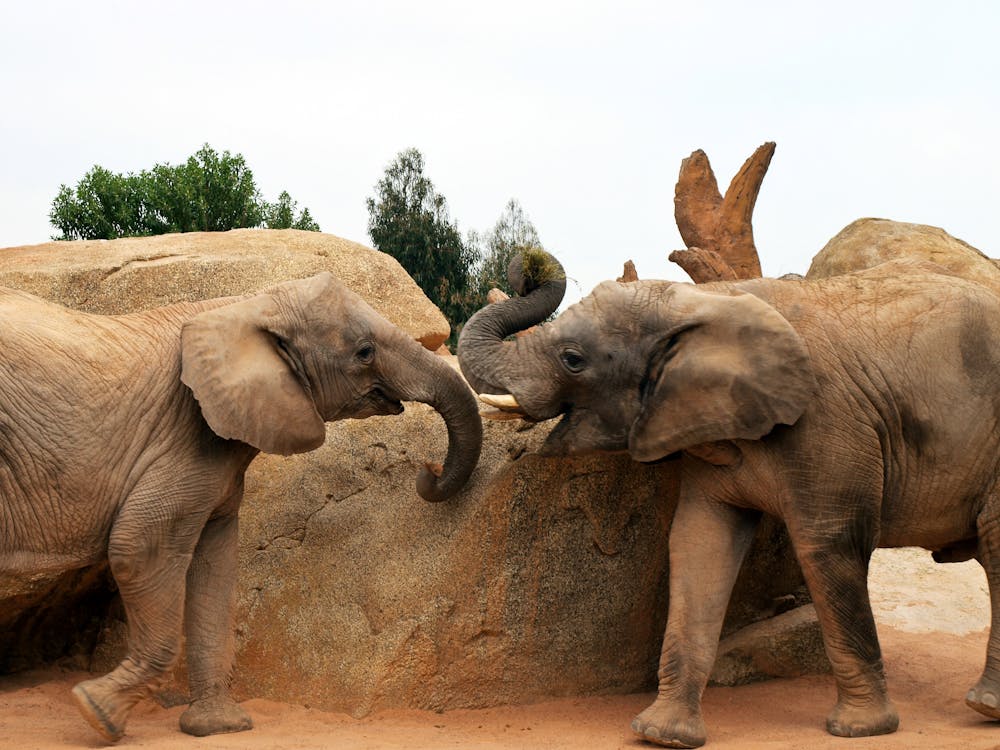Jumbo, the legendary circus elephant, is often remembered as one of the most famous animals in history. His life story is a remarkable tale of companionship, showmanship, and tragedy that captured the imagination of the public in the 19th century.
Early Life
Jumbo was born around 1860 in the wilds of Africa, likely in what is now modern-day Sudan or Ethiopia. His name, which means “large” or “great” in Swahili, was fitting, as he was a particularly massive African elephant. At a young age, Jumbo was captured and sold to the London Zoo, where he became an instant sensation. He was not only a majestic animal but also remarkably gentle and intelligent, which endeared him to zoo visitors.
During his time at the London Zoo, Jumbo became a beloved attraction. He was known for his playful personality and the ability to interact with children and adults alike. His fame grew as he performed various tricks, and he was frequently featured in newspapers, becoming a symbol of the Victorian fascination with exotic animals.
Barnum and Bailey Circus
In 1882, P.T. Barnum, the infamous showman and founder of the Barnum & Bailey Circus, purchased Jumbo for a staggering sum of $10,000—a significant amount for that era. Barnum saw the potential for Jumbo to become the star attraction of his traveling circus. The elephant was transported to the United States, where he quickly became the centerpiece of the show.
Jumbo’s arrival in America was met with immense fanfare. Barnum orchestrated a grand parade to introduce Jumbo to the public, featuring the elephant in a lavishly decorated procession through New York City. The event was a massive success, and Jumbo soon became a household name across the nation.
As the star of the circus, Jumbo performed alongside other animals and acrobats. He was known for his ability to perform tricks and follow commands, and his size and presence made him a formidable attraction. Barnum capitalized on Jumbo’s fame, selling merchandise and memorabilia that featured the beloved elephant.
Tragic End
Despite his success and popularity, Jumbo’s life took a tragic turn. On September 15, 1885, during a performance in St. Thomas, Ontario, Canada, Jumbo was struck by a train while trying to cross the tracks. The accident was devastating; Jumbo suffered severe injuries and ultimately died from his wounds.
Barnum was heartbroken but quickly turned Jumbo’s death into another opportunity for publicity. He had Jumbo’s body preserved and put on display in a museum in New York City. This morbid fascination only added to Jumbo’s legendary status, as thousands flocked to see the remains of the famous elephant.
Legacy
Jumbo’s influence extended beyond the circus and popular culture. The term “jumbo” has become synonymous with something large or oversized, and his story has inspired numerous books, films, and even animated features. The character of Dumbo, from Disney’s animated film, is widely believed to have been inspired by Jumbo’s story, embodying themes of acceptance and the importance of inner strength.
Jumbo remains an enduring symbol of the circus era and a reminder of the complex relationship between humans and animals. His life is a testament to the ways in which animals can capture our hearts and imaginations, even as it raises questions about their treatment in captivity and entertainment.
In conclusion, Jumbo’s story is one of tragedy and triumph, a reflection of the societal values of his time, and an emblem of the enduring bond between humans and animals. His legacy continues to resonate today, reminding us of the importance of compassion and respect for all living creatures.

